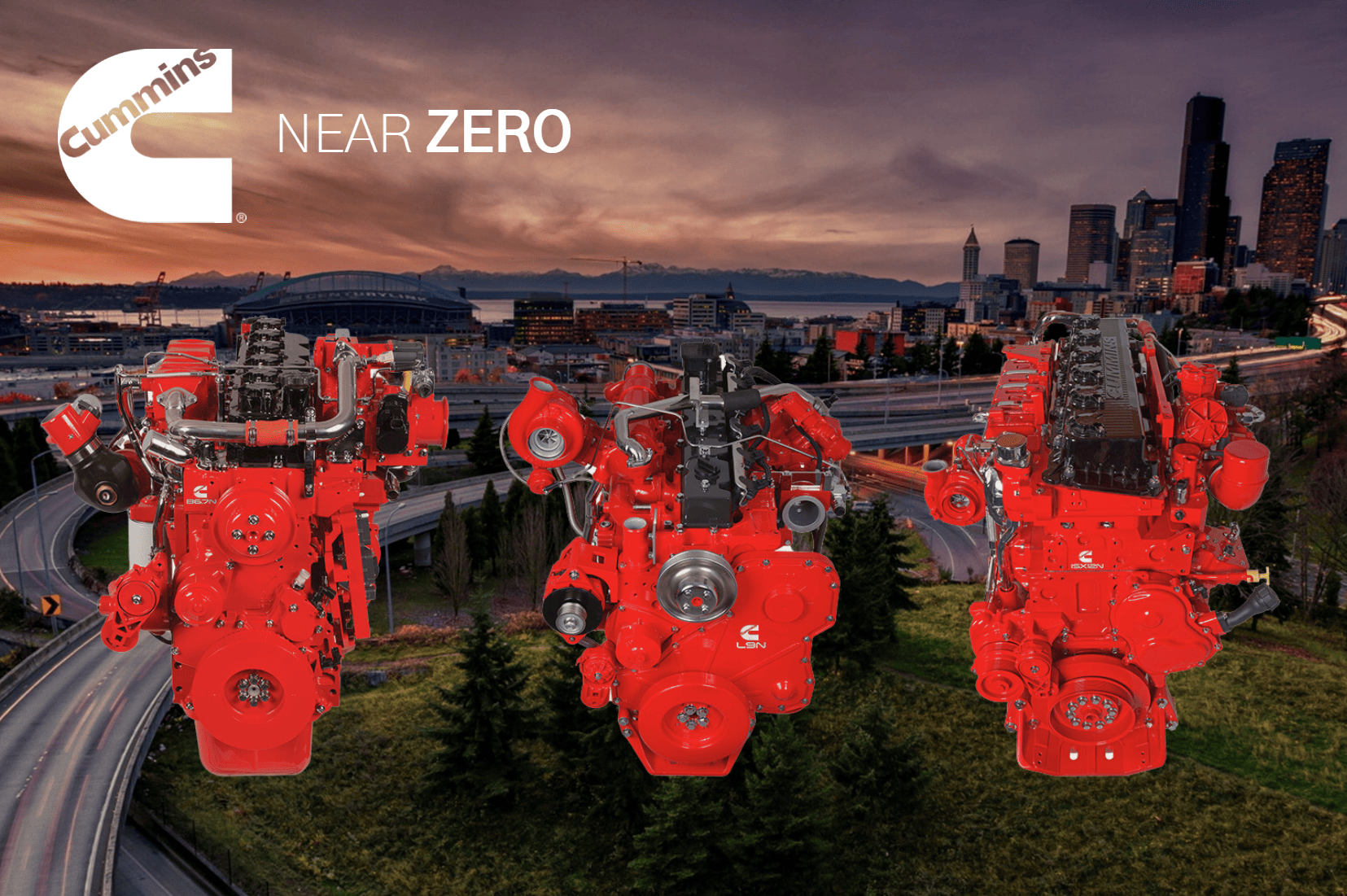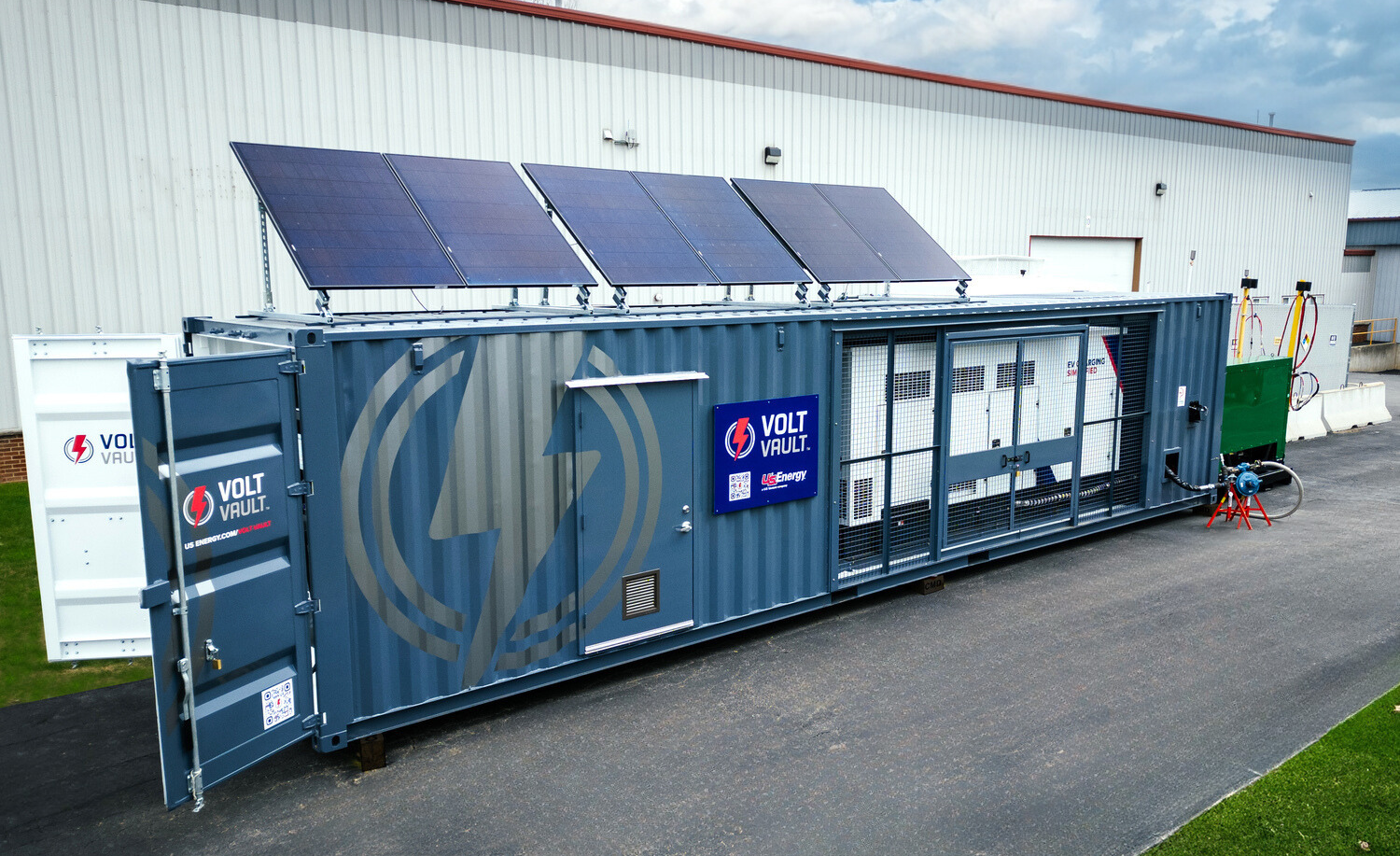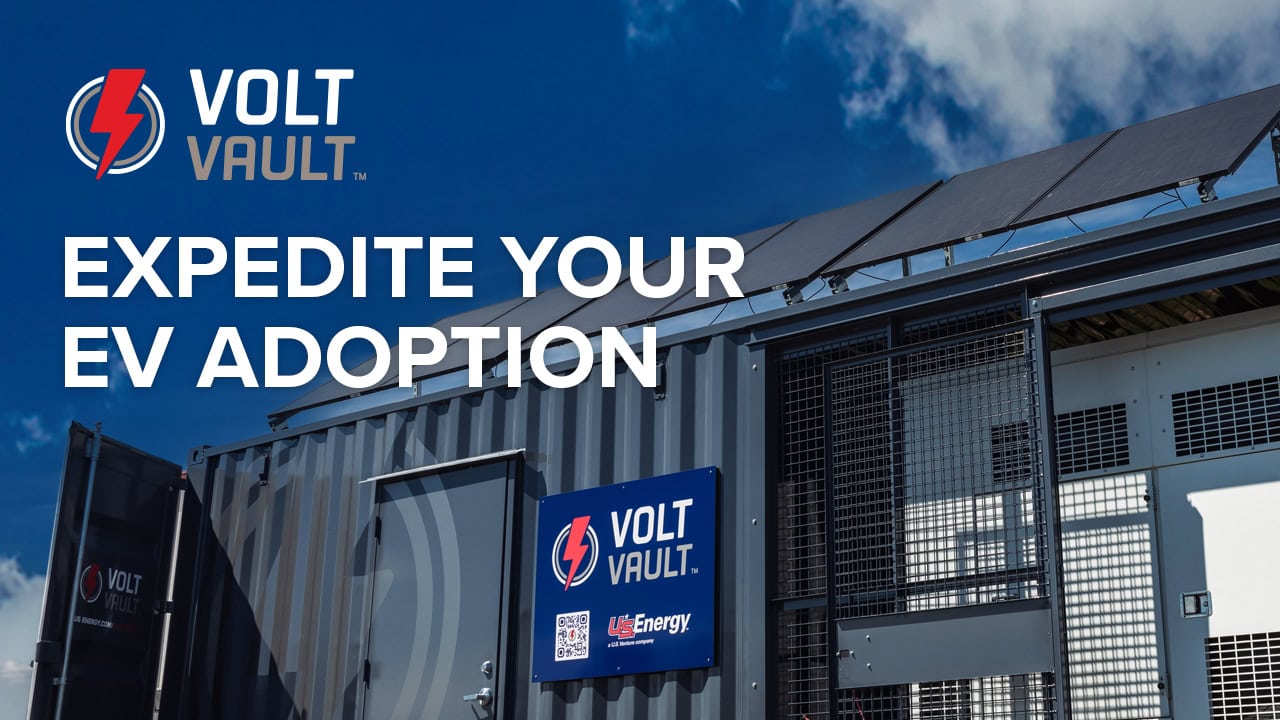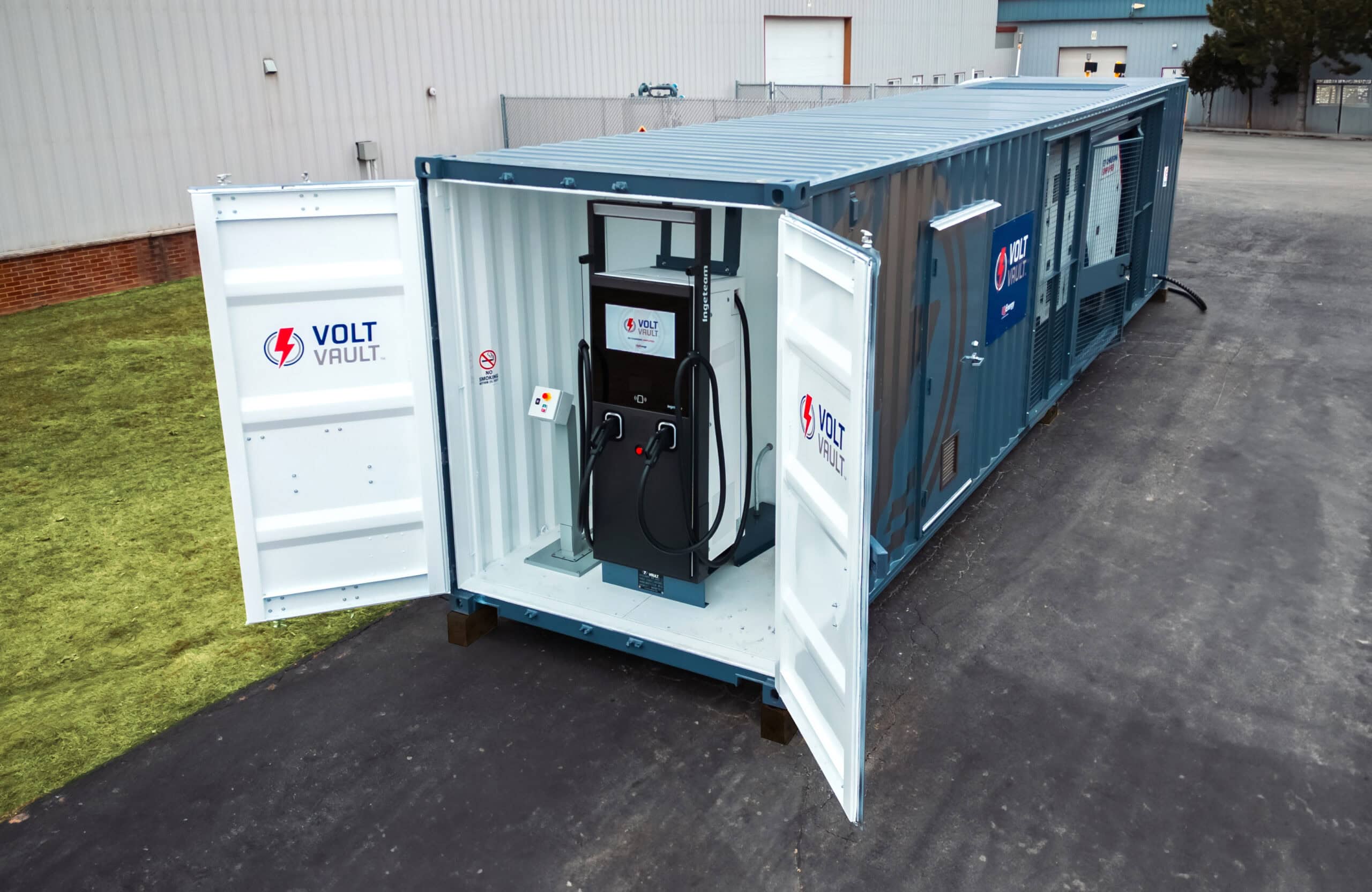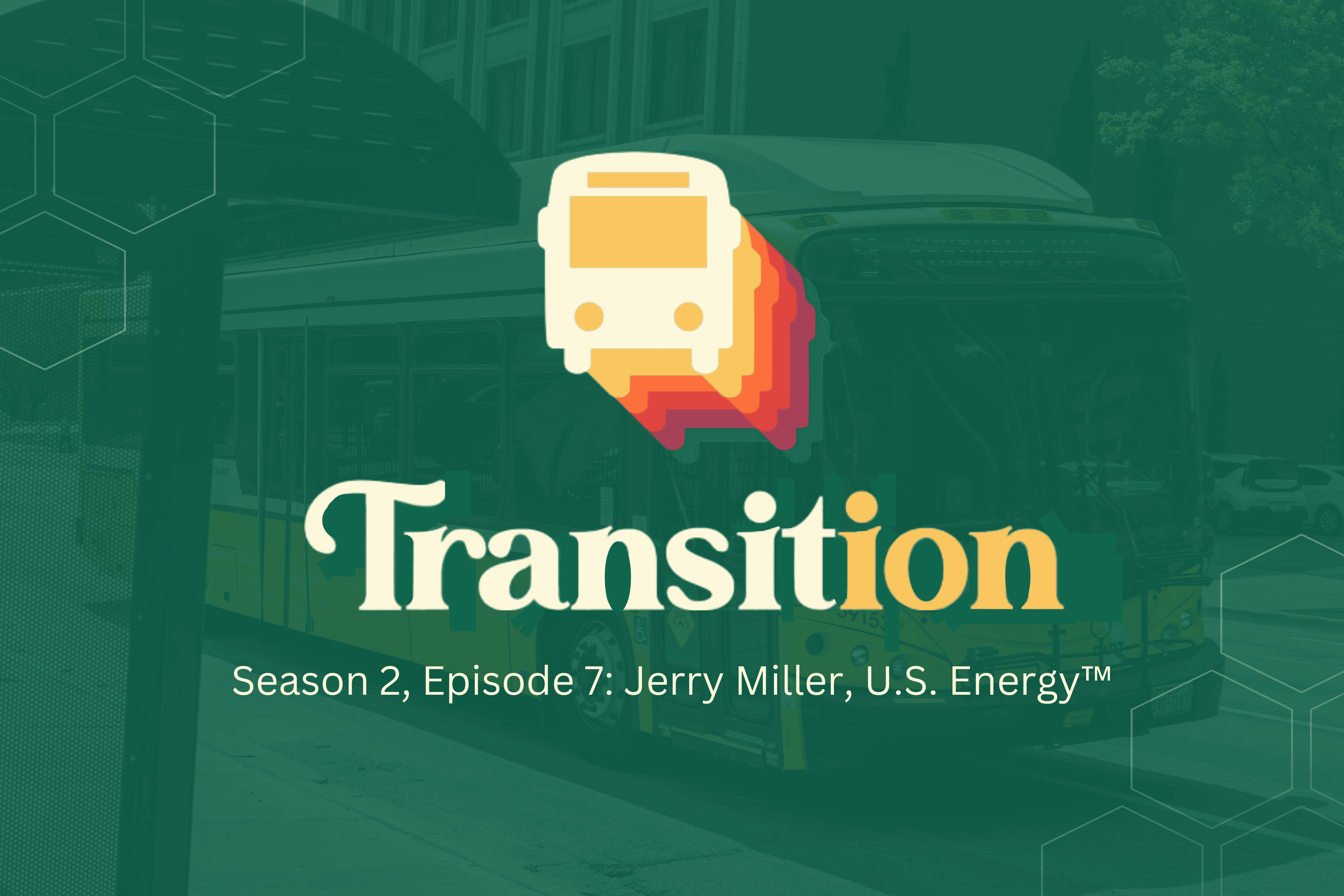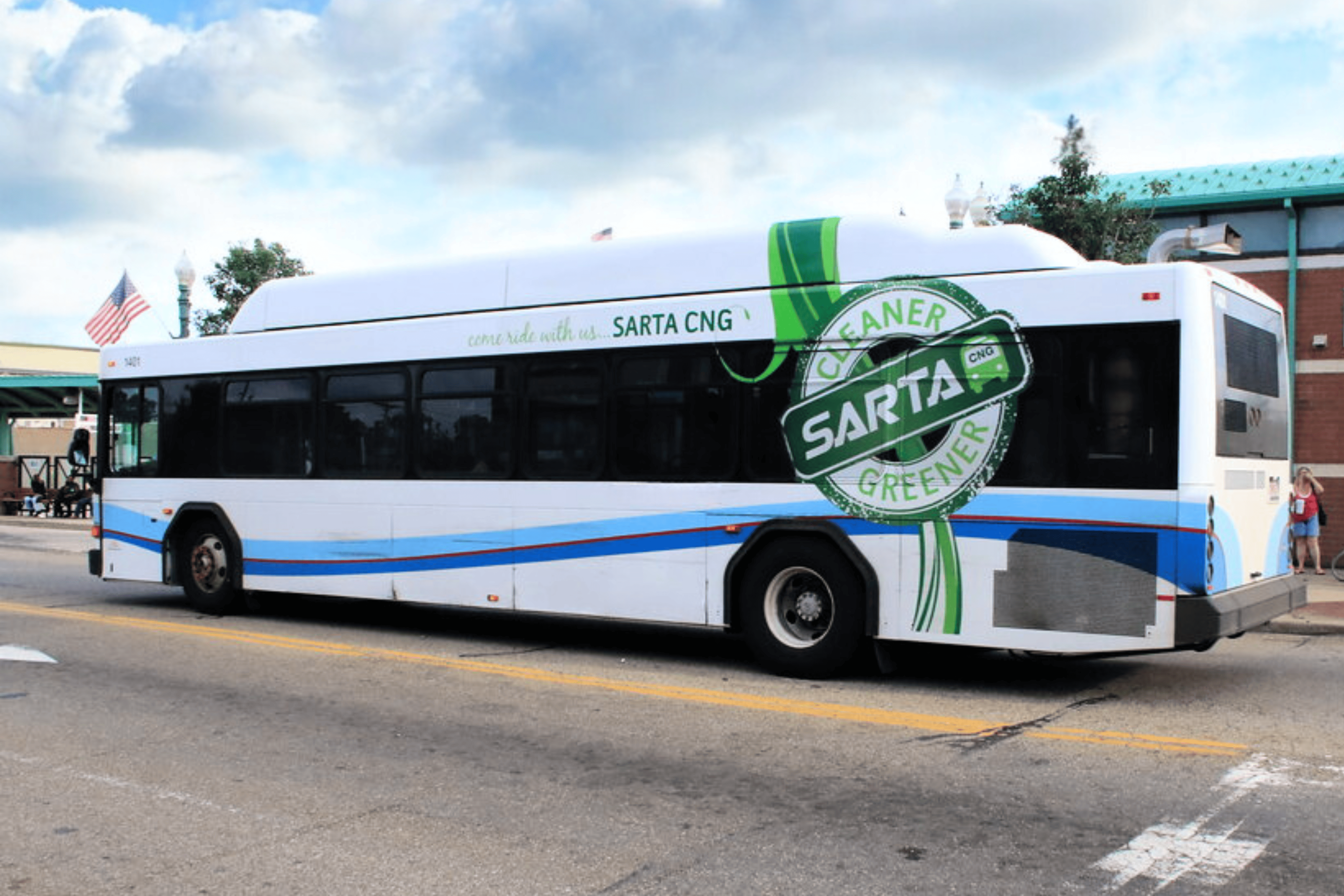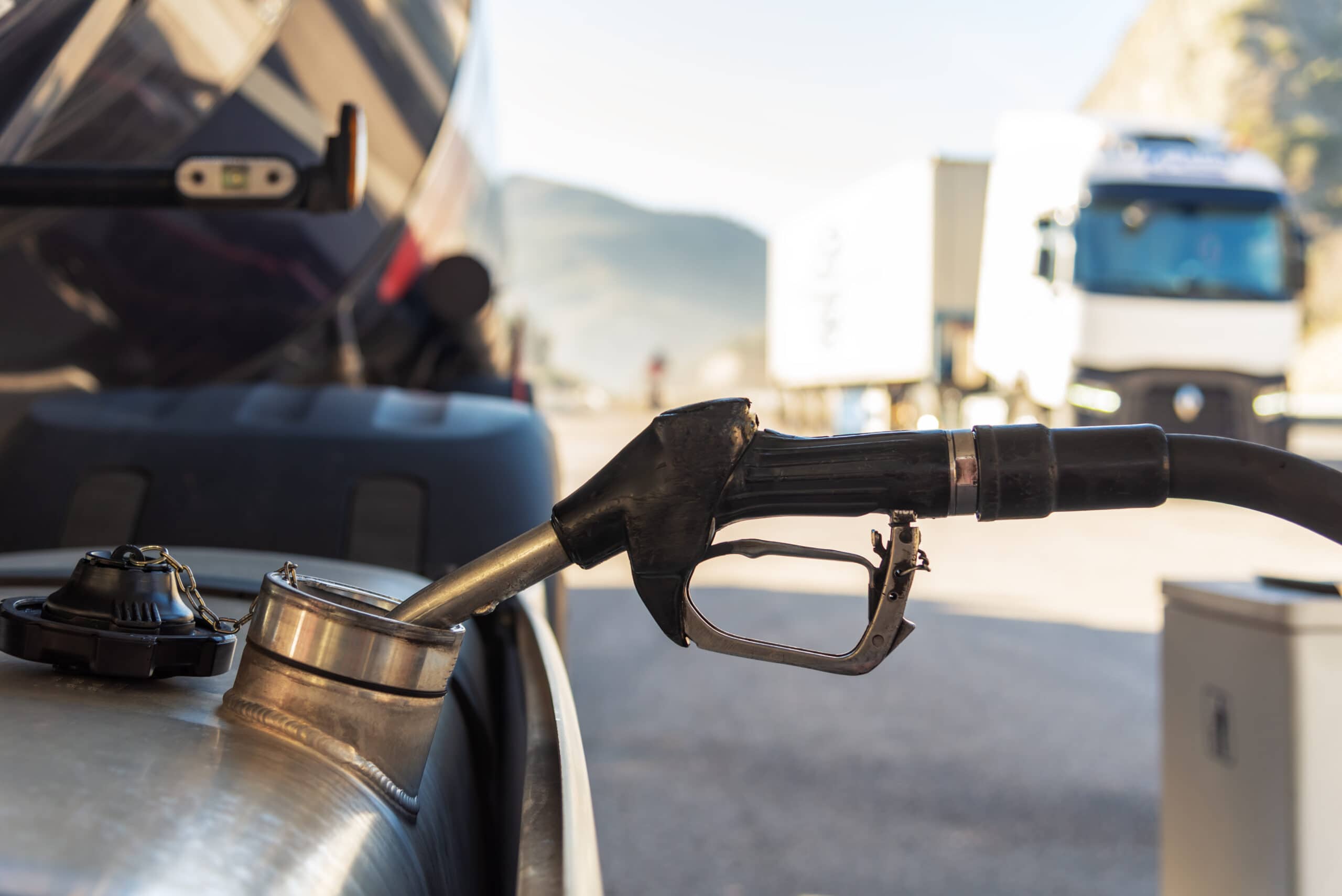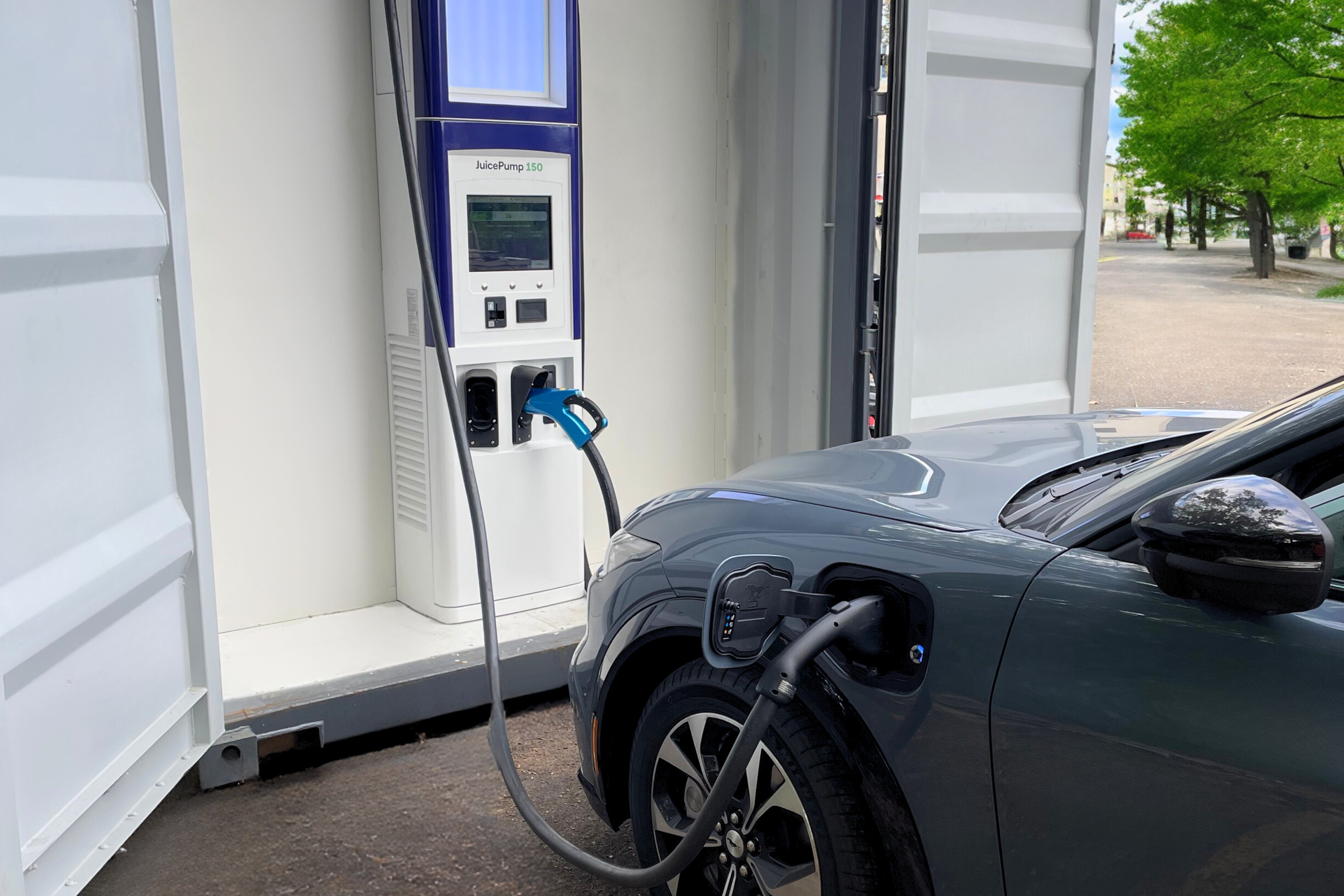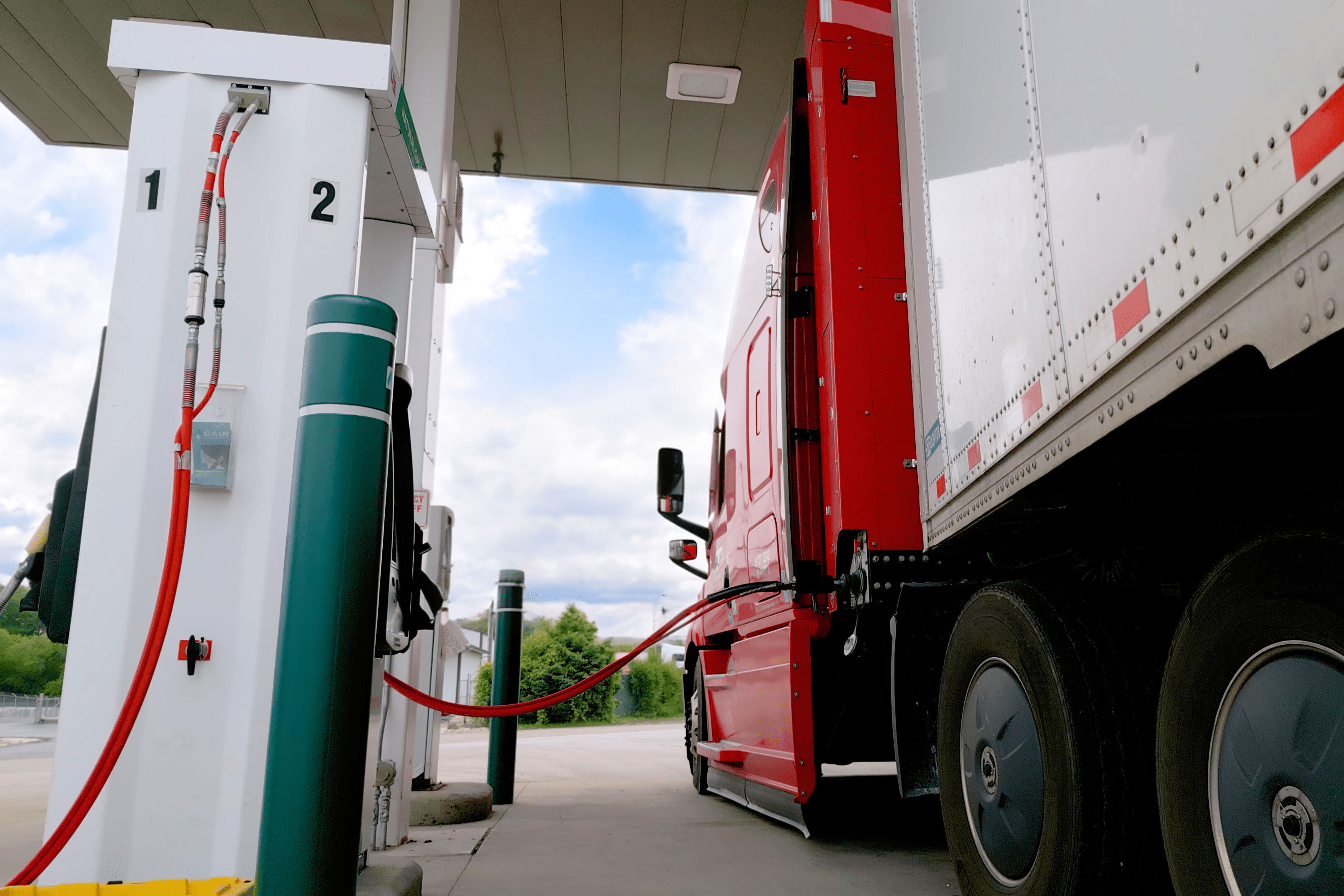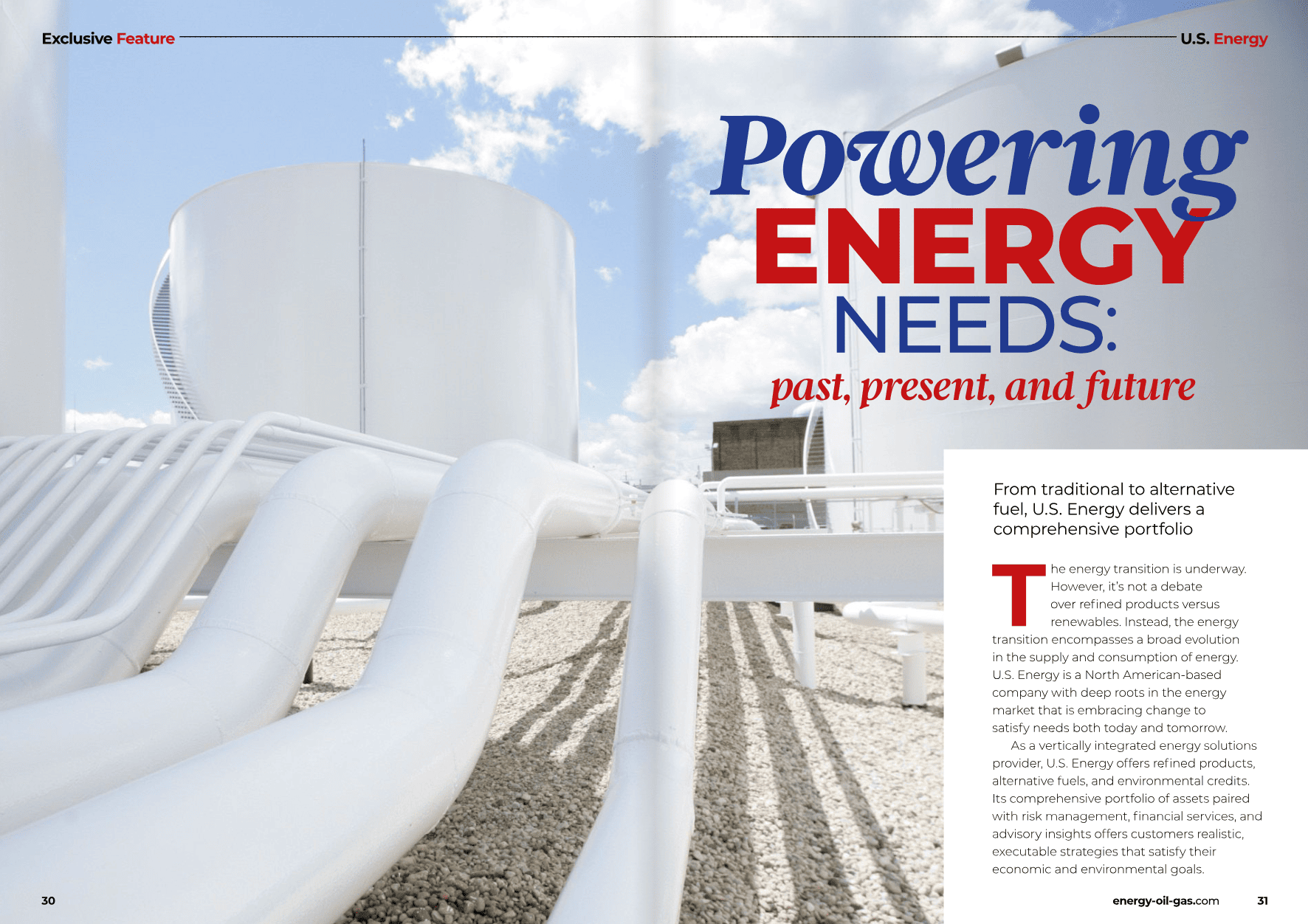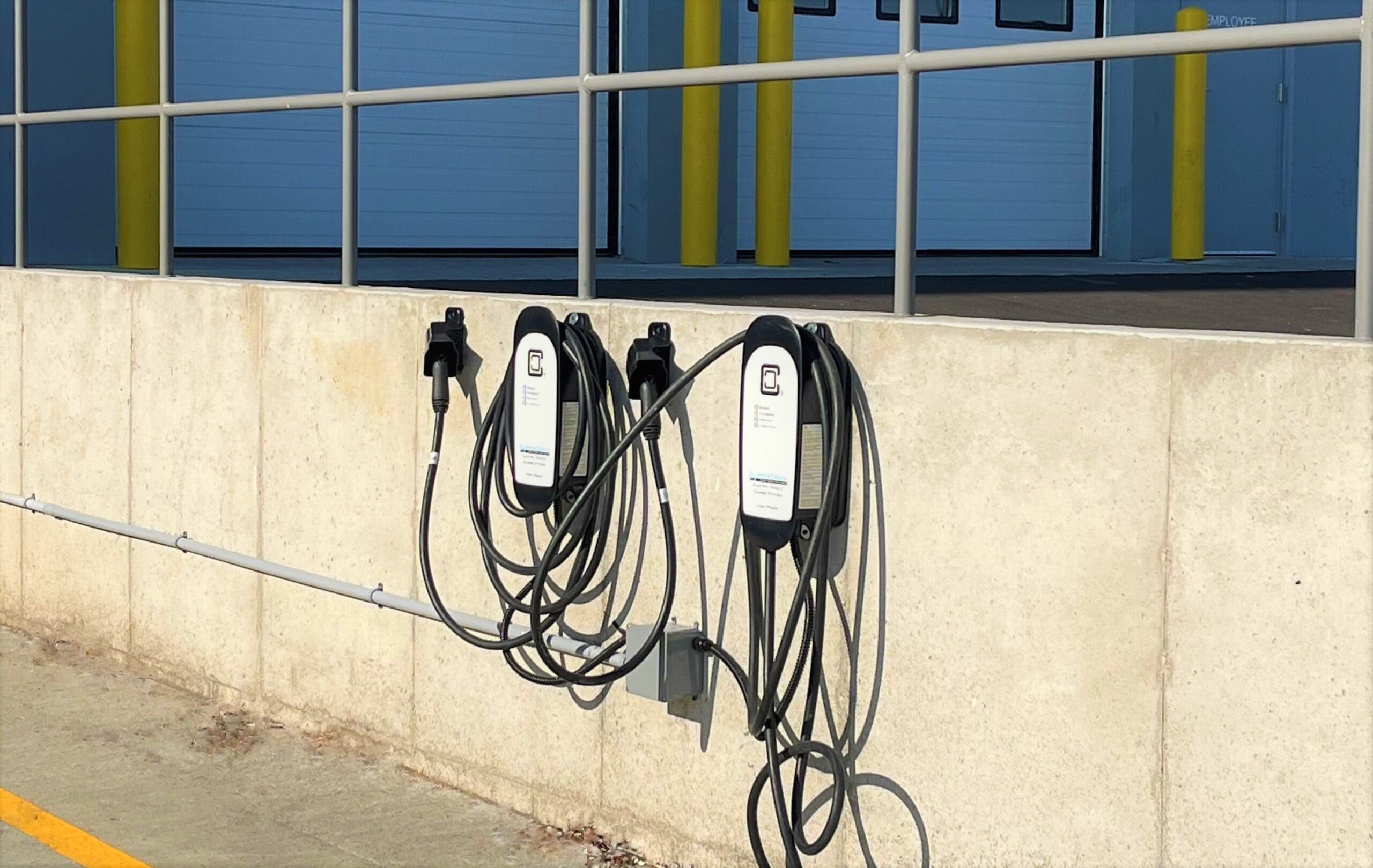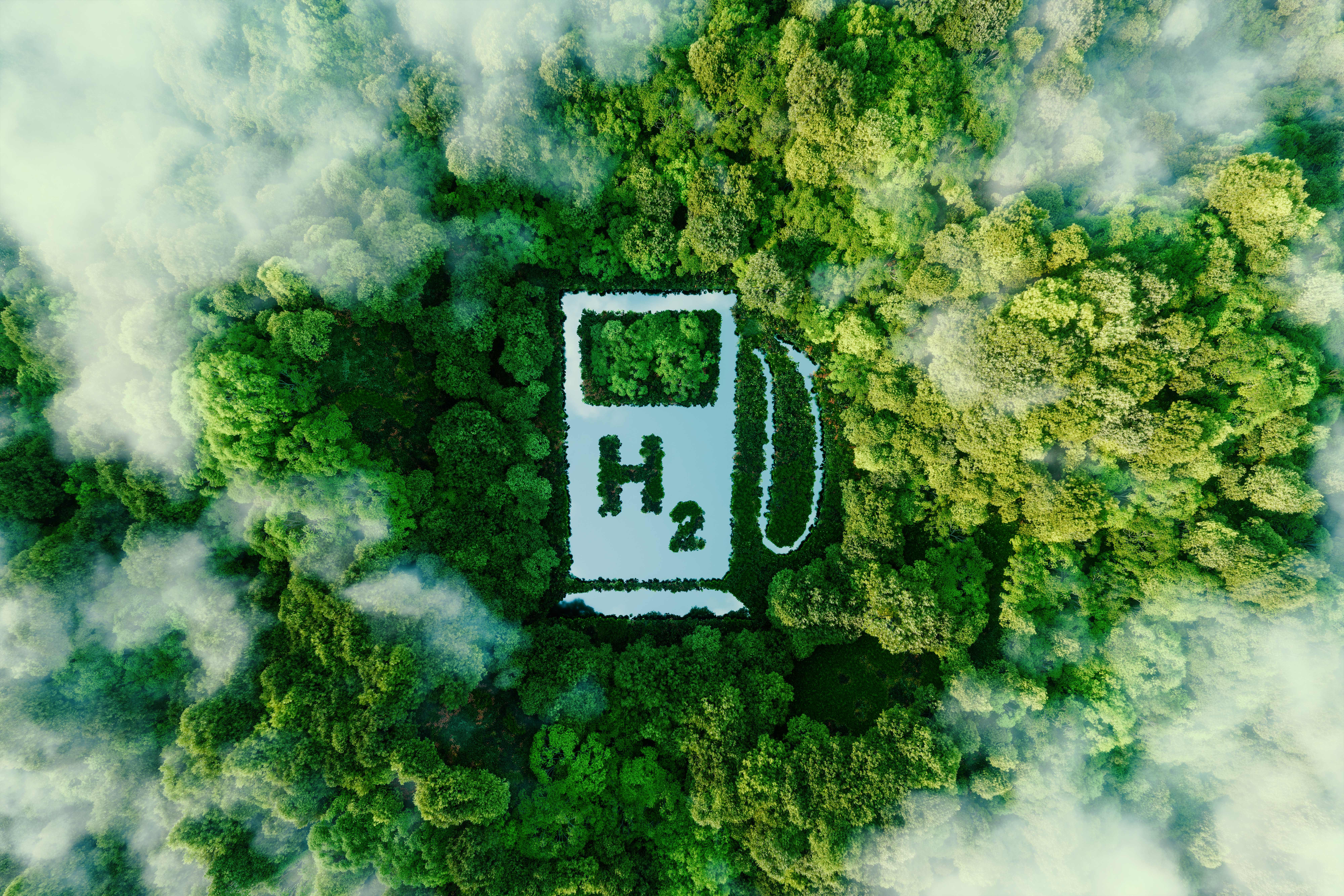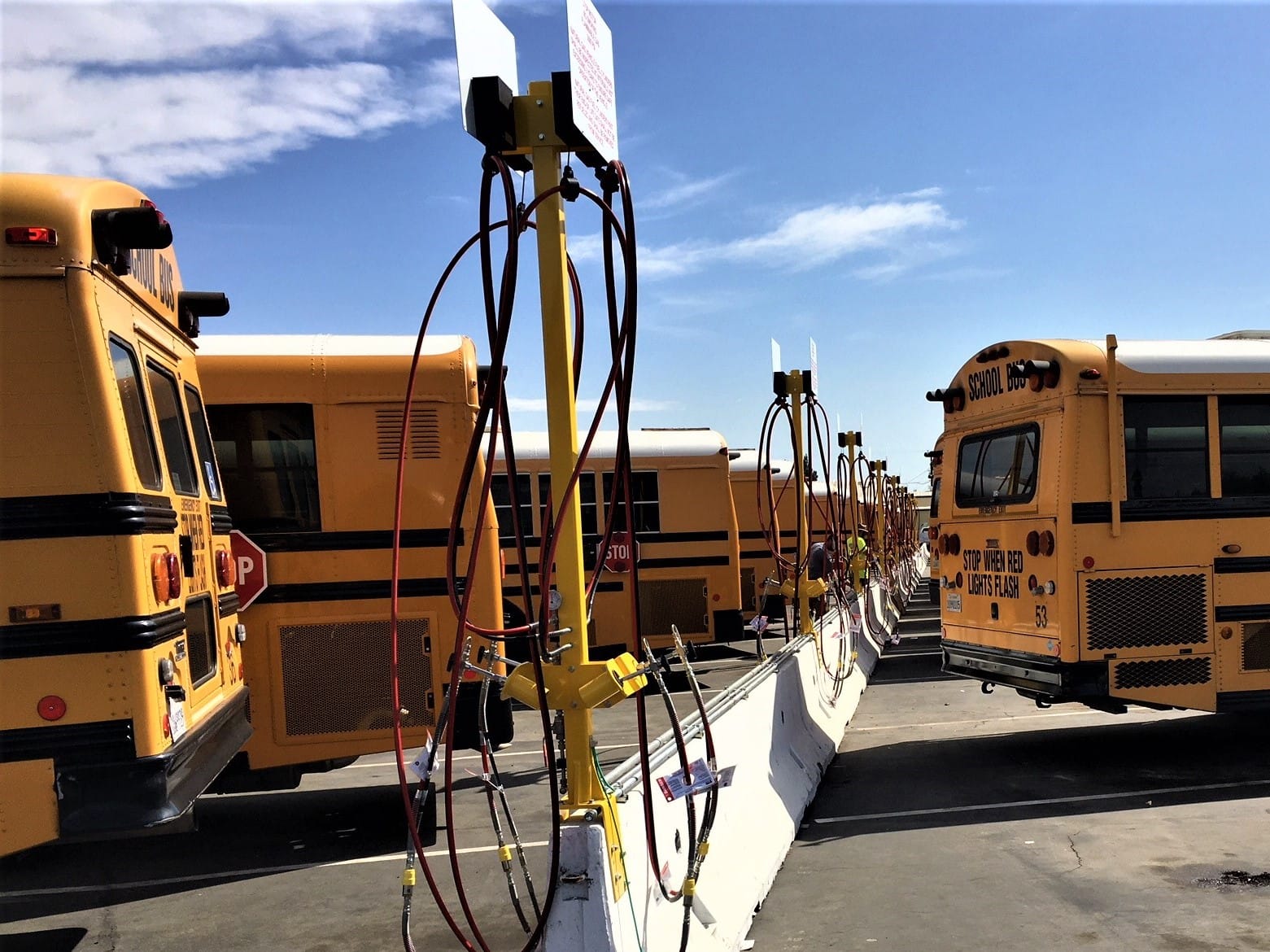Education Center / A Case for Near-Zero Natural Gas Engines
Blog
Category: Alternative Fuel, Transportation
A Case for Near-Zero Natural Gas Engines
When natural gas engines were re-introduced to the market in the early 2000’s, adoption quickly followed. In some cases, a little too quickly. Seeking an alternative to the high diesel prices, many fleets were eager to take advantage of natural gas vehicle technology. However, in response, some trucks were ordered with the available 9-liter engine (which offered less displacement than what their fleet required) and vehicle maintenance intervals were accidentally overlooked—a decision that resulted in compounding, irreversible issues.
However, not all was bad. Many fleets prospered with the technology and continue to do so, today. In this post, we’re excited to bring you the latest Cummins natural gas engine line-up: stronger, more capable, and cleaner than ever before. Fleets using the new near-zero natural gas engines couldn’t be happier. Read more to see why.
NATURAL GAS ENGINES: NEW AND IMPROVED
In light of the observed challenges, Cummins-Westport took a holistic approach in ensuring all parts of their engines were inspected and necessary modifications were made. In 2018, they released various near-zero natural gas engines, the L9N and ISX12N, and most recently, in 2020, they released their near-zero version of the B6.7N.
One notable difference from earlier ISLG models is that their engines no longer feature aluminum pistons, but instead, steel pistons which are more resistant to the thermal and mechanical demands placed on them. Additional combustion related temperature modifications include those to the intake and exhaust valves, exhaust manifolds and gaskets, turbo turbine housings, and exhaust gas recirculation coolers. Aside from the engine itself, Cummins-Westport put additional emphasis on training vehicle owners of their role in adhering to the necessary maintenance schedules for natural gas vehicles, so fleet’s engines continue to function as they need and expect them to. Further, through collaboration with Valvoline, a new oil specification was released that doubled the oil drain interval, reducing maintenance costs.
Collectively, these modifications helped increase adoption and retention of the new models. Bill Bliem, senior vice president of fleet services at NFI Industries, commented on their experience with Cummins-Westport’s new engines. “We are having success with the near-zero and will continue to look at opportunities to run these in our fleet,” he shared. As NFI Industries, among many other companies, deploy near-zero engines, what benefits do these engines offer fleets and communities?
NEAR ZERO: THE WHAT AND THE WHY
While Cummins-Westport could have released standard natural gas engines, they instead responded with a solution that aligned with rising market demands for sustainability: near-zero options. These models are not only recognized as some of the world’s cleanest internal combustion engines, but they aid fleets in meeting sustainability goals. Specifically, they feature NOx emission levels that are 90% below what the California Air Resources Board and U.S. Environmental Protection Agency permit. This was in response to the California Air Resources Board’s initial decision from 2013 to adopt Optional Low NOx Emission Standards—pioneering a path for businesses to follow in addressing their role in sustainability leadership.
ENVIRONMENTAL BENEFITS: THE HOW
Comprehensively, these engines offer environmental benefits to fleets, surroundings communities, and the ecosystem. Cummins-Westport’s engine models provide customers with a dependable, efficient, and clean option that has quiet performance, low total fuel costs, and the potential to reduce fossil fuel dependency when renewable natural gas is used.
These natural gas engines are fully compatible with both conventional natural gas and renewable natural gas (RNG), also referred to as biomethane, which can take the form of compressed natural gas (CNG) or liquified natural gas (LNG). Renewable natural gas offers fleets with the greatest emission reductions. This is due to the fact RNG is the only carbon-negative alternative fuel on the market. Furthermore, these engines have comparable, and in many cases, lower emission levels and fewer greenhouse gases than those produced from charging electric vehicles.
As more organizations are re-evaluating what changes can be made to their existing and future fleets to meet internal and external sustainability goals, the near-zero natural gas engines from Cummins-Westport serve as a viable solution for immediate emission reductions. With the alternative fuel space expanding in response to new advancements and technologies, fleets have more to consider now than ever, and shouldn’t have to face uncertainties associated with emerging technologies. With Cummins-Westport’s engines, not only are they proven, affordable, and clean, but readily available today from multiple truck providers in various models. To stay current on market insight and advancements, watch out for our latest blogs.
